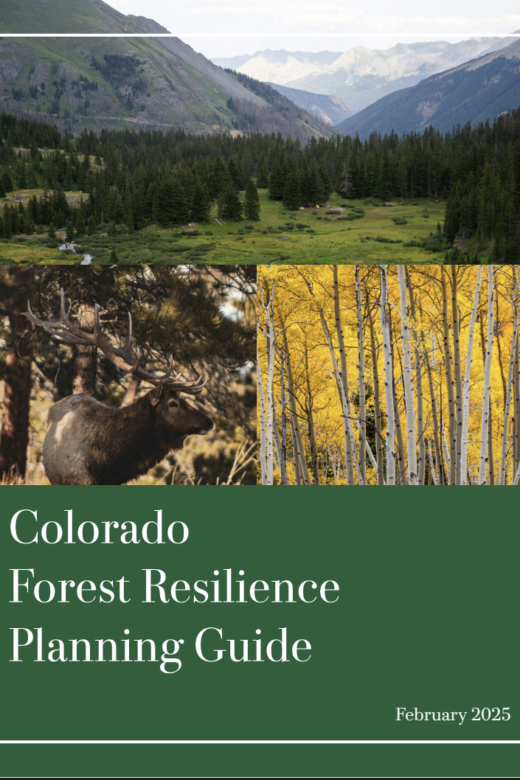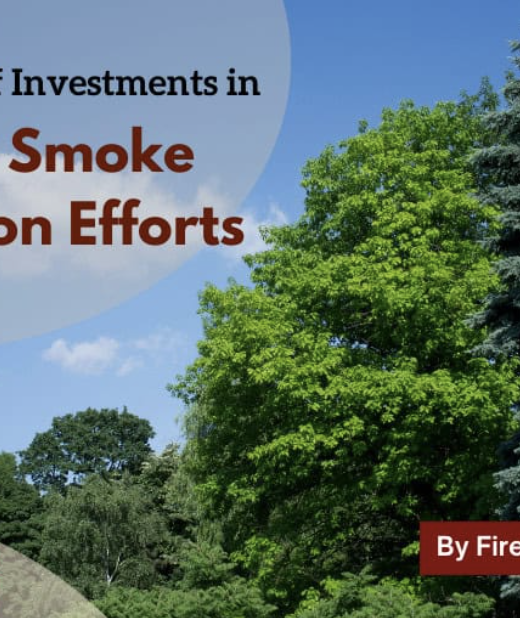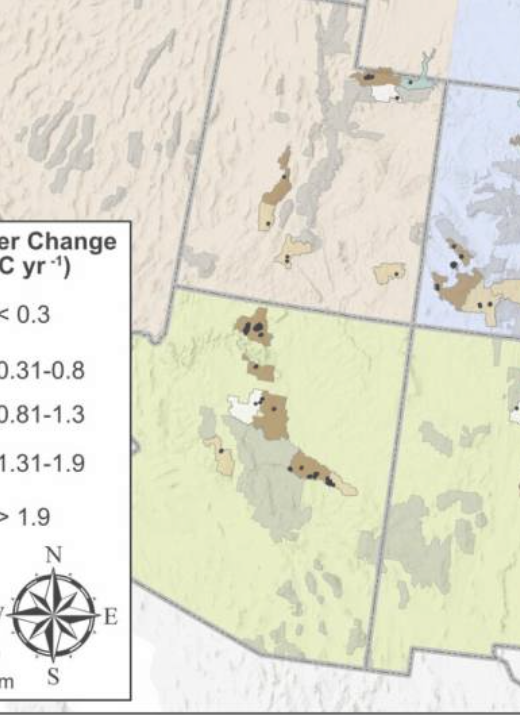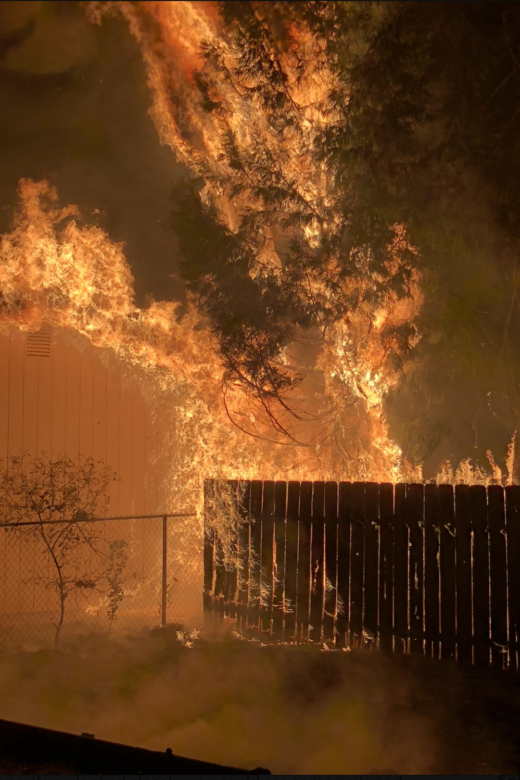As wildfire and smoke increasingly affect rural communities, understanding how people adapt on a local level is more important …
Identifying optimal locations for biochar production facilities to reduce wildfire risk and bolster rural economies: A New Mexico case study
As forest thinning increases across the Intermountain West to reduce wildfire risk, finding productive uses for excess woody …
Natural resource management confronts the growing scale and severity of ecosystem responses to drought and wildfire
As drought and wildfire intensify with climate change, natural resource managers face growing challenges in keeping pace with …
Trees have similar growth responses to first-entry fires and reburns following long-term fire exclusion
This study explores how ponderosa pine trees respond to repeated low-severity wildfires after decades of fire exclusion in dry …
Forest Resilience Planning Guide
"This guide offers a framework for agencies, private landowners and local collaboratives to align their forest management …
The Impact of Investments in Wildfire Smoke Mitigation
The Impact of Investments in Wildfire Smoke Mitigation Efforts - highlighting several communities in the Southern Rockies regions: …
Continue Reading about The Impact of Investments in Wildfire Smoke Mitigation
Green is the new black: Study sheds light on reforestation and post-fire recovery
PHYS.ORG | FEBRUARY 3, 2025 Post-fire tree planting significantly accelerates forest recovery in burned areas, increasing …
NIST Study Finds Wildfire Hazards in Residential Fences and Mulch Beds
In a series of fire experiments, National Institute of Standards and Technology researchers explored how fences and mulch beds …
Continue Reading about NIST Study Finds Wildfire Hazards in Residential Fences and Mulch Beds




